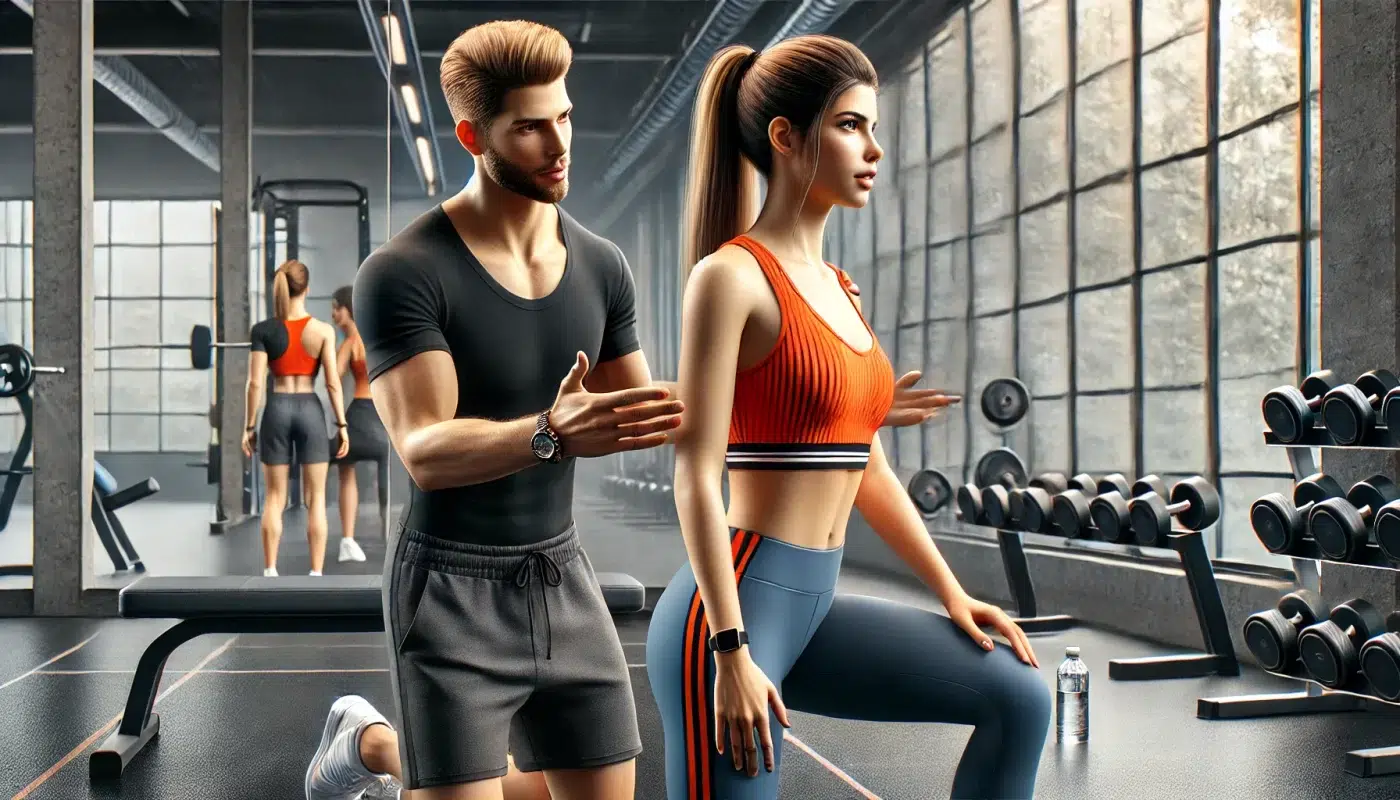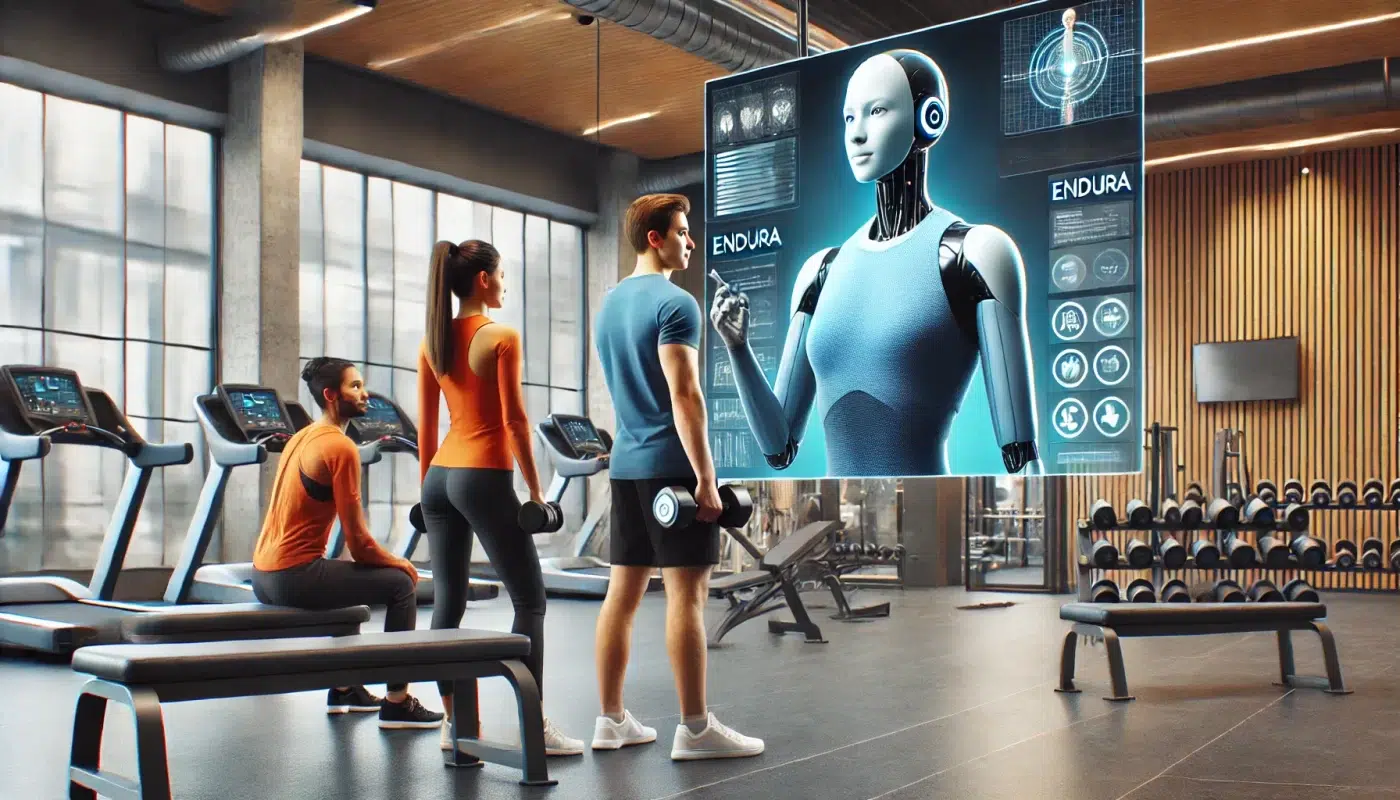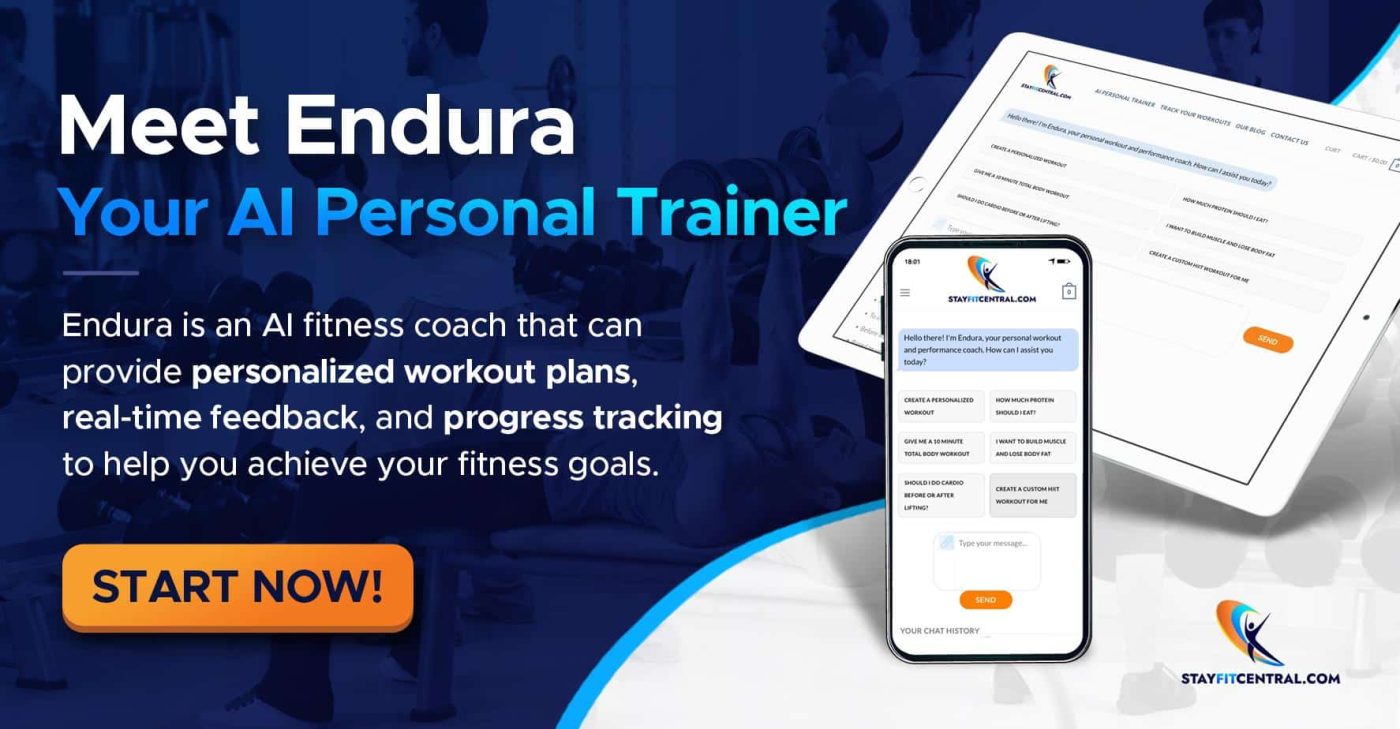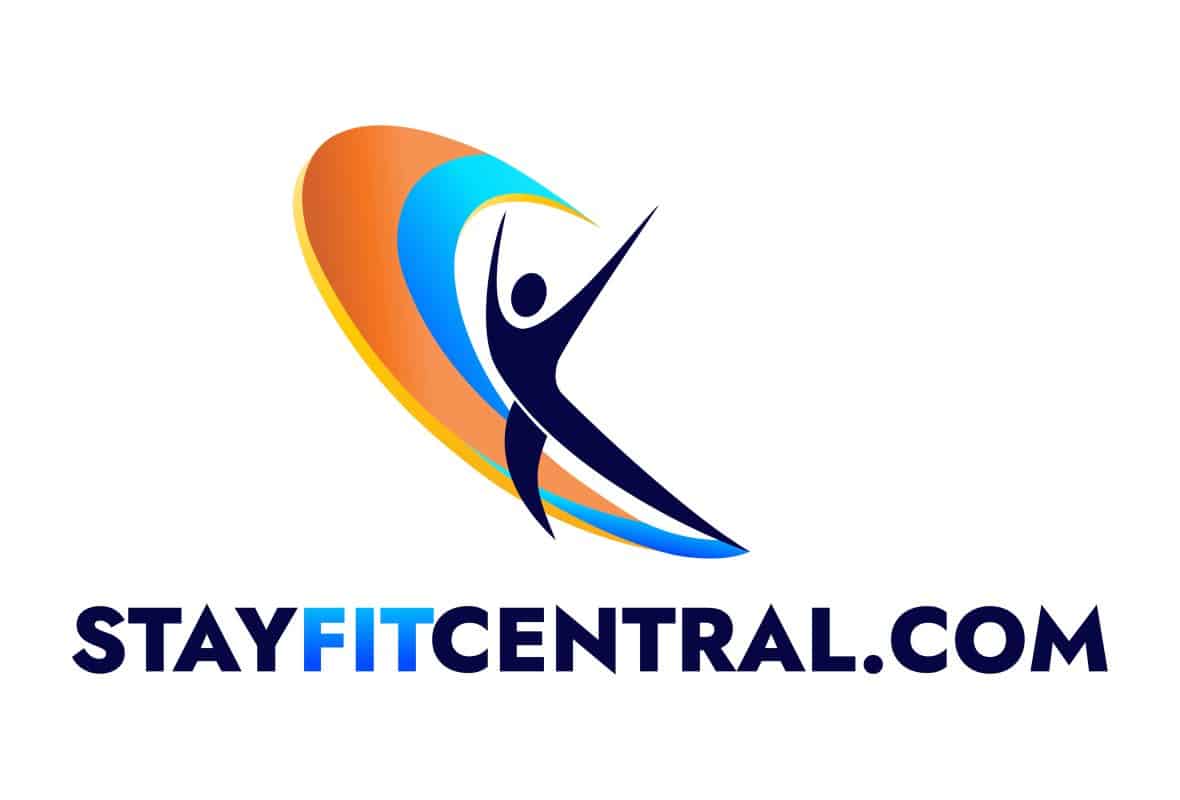AI Workouts
AI vs Human Personal Trainers – Which Is Best For You?
In the rapidly evolving world of fitness and technology, one question seems to be on everyone’s mind: can AI replace a personal trainer? The short answer is yes, but it’s not quite that simple. AI is transforming the way we approach fitness, providing tools that supplement, enhance, and in some cases, even rival the expertise of human trainers. However, it’s not here to take jobs away from personal trainers—instead, I’d argue that it offers a complementary tool that enhances the training experience for both trainers and their clients.
AI Personal Trainers As A Supplement, Not a Replacement
Like I wrote in the introduction, using AI as a personal trainer isn’t about replacing personal trainers but to use them when you aren’t working with a trainer and to augment their capabilities when you are. With the integration of AI, personal trainers are now better equipped to deliver personalized fitness plans, track progress more efficiently, and offer a more data-driven approach to their clients. For people who find that traditional personal training doesn’t fit into their lives—whether due to scheduling conflicts, budget constraints, or personal preferences—AI provides a flexible and accessible alternative.
Research shows that AI personal trainers are popular and effective. A study published in the Journal of Behavioral Nutrition and Physical Activity finds that men and women using AI-driven fitness coaches exercise more often, eat healthier, and even report better sleep.
This article answers the AI vs personal trainer question, comparing how each can contribute to your fitness journey. Whether you’re considering an AI trainer as your main guide or as a supplement to your current routine, understanding these differences will help you make the best decision.
Here’s a table that summarizes the information in this article.
Key Comparison Areas | AI Personal Trainer | Human Personal Trainer |
Availability | -Accessible 24/7 from anywhere -No need to schedule sessions in advance | – Limited to trainer’s working hours and availability -Requires scheduling appointments ahead of time |
Personalization | -Customizes workouts based on user data and preferences -Adapts routines instantly based on progress | -Tailors programs based on personal assessment and experience -Adjustments made through ongoing interaction |
Convenience | -Can be used at any time that suits the user -Eliminates travel time to gyms or training locations | -Sessions occur at designated times and places -May require commuting to specific locations |
Cost and Value | – One-time or subscription-based fees that are generally affordable -Provides ongoing updates without additional costs | -Typically charges per session, leading to higher long-term costs -Additional fees may apply for personalized plans or extended support |
Motivation and Support | – Offers automated reminders and goal tracking features -Provides consistent encouragement through virtual interactions -Delivers personalized motivation based on real-time feedback | – Builds emotional connection and accountability through personal rapport |
Knowledge and Expertise | – Draws from extensive databases and up-to-date research – Ensures standardized information across users | – Expertise varies based on trainer’s education and experience – Can provide nuanced advice tailored to individual circumstances |
Safety and Form Correction | – Provides detailed instructions and visual demonstrations – Lacks ability to correct form in real-time during exercises | – Observes and corrects form instantly to prevent injuries – Adjusts exercises on the spot based on physical capabilities |
Goal Setting and Tracking | – Automatically tracks progress through integrated apps and devices – Adjusts goals based on performance data and analytics | – Sets goals through collaborative discussion and understanding – Monitors progress through direct observation and personalized feedback |
Privacy and Data Security | – Utilizes encryption and secure data storage protocols – Reduces risk of personal bias or judgment during sessions | – Requires sharing personal information directly with an individual – Trust depends on trainer’s professionalism and discretion |
Learning and Adaptation | – Continuously updates knowledge base with the latest fitness trends – Adapts quickly to new user inputs and changing goals | – Learning is based on trainer’s commitment to ongoing education – Adaptations may take time based on observation and feedback cycles |
AI vs Human Personal Trainers
Creating Personalized Workouts
One of the key roles of both AI and human trainers is creating personalized workout plans. Here, both have their unique strengths.
AI Personal Trainers Are Better At Using Data To Create A Workout
AI excels in processing vast amounts of data and can quickly create workout plans tailored to specific goals, fitness levels, and preferences. For example, AI platforms like Endura are trained on thousands of research papers and workout routines designed by top trainers, allowing them to generate highly personalized plans based on a few inputs from the user. This breadth of knowledge often surpasses that of all but the most experienced human trainers.
However, AI trainers typically rely on the information it is provided by the user. While AI can recommend workouts based on your input, it may not catch subtleties that a human trainer might notice, such as improper form or physical limitations that the user did not mention. As AI becomes more sophisticated, incorporating multimodal inputs like video and audio, it will likely close this gap.
Human Personal Trainers Are Better Able To Observe Their Clients
Human trainers, on the hand, bring a personal touch that AI lacks. They can observe clients during workouts, making real-time adjustments to form, technique, and even motivation strategies. For example, a human trainer might notice that a client is struggling with a certain exercise not because of lack of strength but due to a previous injury. A good trainer would immediately adjust the workout to accommodate this, something AI might miss unless specifically programmed to do so.
Fitness And Nutrition Knowledge and Ability
When it comes to sheer knowledge, an AI workout coach often has the upper hand. Platforms like Endura, which are built on AI frameworks, can draw from a vast repository of fitness knowledge, far more extensive than any one trainer could possess. This includes detailed information on nutrition, exercise science, sports psychology, and more. AI can also continuously update this knowledge base, ensuring it always has the latest research at its disposal.
The Learning Curve of AI
However, AI is only as good as the information it’s trained on. While it can access a wide range of data, it still requires proper programming to make sense of it all. Human trainers, particularly those with decades of experience, bring a depth of understanding and intuition that comes from years of working with different clients. This experience allows them to apply knowledge in ways that are tailored to the individual, something AI is still catching up to.
Answering Your Fitness Questions
AI platforms are excellent at answering specific fitness questions, from optimal protein intake to correct exercise form. Endura, for instance, can provide immediate, research-backed responses to a wide array of fitness inquiries, eliminating the need to sift through countless articles or wait for a trainer’s availability.
Human trainers can also answer these questions but are often limited to their area of expertise. This means that if your question falls outside their specialty, the answer might not be as informed. However, the interactive nature of human trainers allows for follow-up questions, personalized advice, and the kind of nuanced conversation that AI is still developing.

Motivation and Support
One of the significant challenges for AI is providing motivation and emotional support. AI can be programmed to deliver encouraging messages or adjust workouts to keep users engaged, but it lacks the empathy and understanding that human trainers bring to the table.
Human Touch in Motivation
Human trainers excel in this area because they can read body language, tone of voice, and other subtle cues to gauge how their clients are feeling. They can offer personalized encouragement, adjust workouts on the fly based on a client’s mood or energy levels, and build a rapport that motivates clients to push through challenging workouts.
As AI evolves, the gap in motivational support might narrow, but for now, human trainers have the upper hand in providing the kind of emotional connection that keeps clients coming back.
Critiquing Performance and Technique
AI personal trainers equipped with vision capabilities can analyze workout form and provide feedback, which is an area where they are rapidly improving. However, this technology is still in its infancy, and the feedback might not always be as precise or context-aware as that from a human trainer.
Human Expertise in Technique Correction
Human trainers can observe clients in real-time and make immediate corrections to form and technique. They also understand the context behind why a client might be using a particular technique, such as adjusting grip due to an old shoulder injury. This level of understanding allows human trainers to provide safer and more effective guidance.
Fitness Testing and Measuring Progress
AI shines in its ability to handle data-driven tasks, such as fitness testing and progress tracking. It can analyze results from various tests, like VO2 max or 1-rep max strength tests, and compare them to established standards, providing detailed feedback and suggestions for improvement.
Human Trainers in Administering Tests
While AI can analyze data, human trainers are often better at administering these tests, especially when they require a keen eye for form and effort. They can also interpret results in a way that considers the individual’s unique circumstances, providing more nuanced advice.
Cost Analysis
Cost is one of the most significant factors where AI has a clear advantage. A single session with a personal trainer can easily cost $100 or more, particularly in major cities like Los Angeles. Meeting with a trainer several times a week can add up to thousands of dollars a month.
In contrast, AI personal trainers like Endura typically require a one-time payment that is equivalent to the cost of a single personal training session. Over a year, the savings are substantial, making AI a more accessible option for those on a budget.

Emotional Connection – AI vs Human Trainers
Here, human trainers again have the advantage. They can build relationships with their clients, providing a level of emotional support and connection that AI, for now, cannot match. However, AI can still offer useful counsel and motivation, especially as it becomes more sophisticated in understanding user input and adapting its responses accordingly.
Availability Of AI And Human Personal Trainers
When it comes to availability, AI wins hands down. An AI personal trainer is available 24/7, requires no scheduling, and can be used anywhere with an internet connection. Whether you’re at home, in the gym, or traveling, your AI trainer is ready whenever you are.
Human trainers, on the other hand, are limited by their schedules and often require advance booking. This limitation can be a significant drawback for those with busy or unpredictable schedules.
Make Endura Your AI Personal Trainer
Whether you’re already working with a personal trainer or considering starting your fitness journey, integrating Endura into your routine can provide significant benefits. Endura can offer workouts when you’re unable to meet with your trainer, assist with meal planning, track progress, and provide support when you need it. For example, if you’re struggling to stick to your diet or workout routine, Endura can offer personalized advice and motivation to keep you on track.
Endura is trained on the best available information and guided by experienced trainers, making it a powerful tool in your fitness arsenal. Whether used alone or in conjunction with a human trainer, Endura can help you achieve your fitness goals more efficiently and effectively.

Conclusion
AI personal trainers like Endura are revolutionizing the fitness industry. While they may not entirely replace human trainers, they offer a powerful tool that can complement traditional training methods. From personalized workout plans to 24/7 availability and cost savings, AI provides a compelling alternative for those seeking flexibility and efficiency in their fitness routines.
Incorporating AI into your fitness journey can enhance your results, whether you’re a seasoned athlete or just starting out. As AI technology continues to evolve, the line between AI and human trainers will blur even further, making it an exciting time for fitness enthusiasts everywhere.
Click here to make Endura your AI personal trainer.

